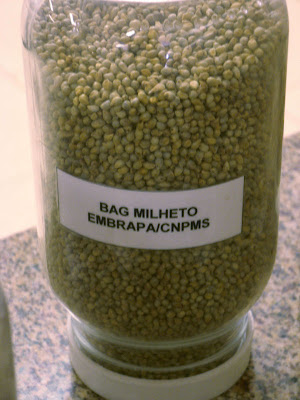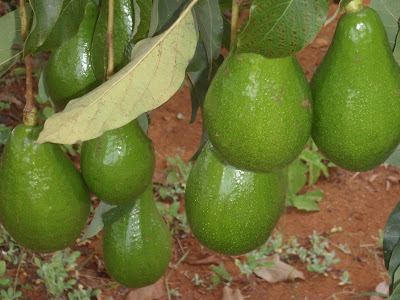





On Thursday a group of us stopped at lunch to see if we could find the monkeys at ESALQ. So far we had not seen them. Darcy left a banana and we stopped to get ice cream. We returned after the ice cream and they had found the banana and were eating. The students had a grand time feeding two bananas to several Tamerin monkeys.

Thursday afternoon the students had their written exam and then we left a little after 8:00 pm the long trip and drove all night before reaching Sete Lagoas/MG . We spent the day at one of Brazil’s EMBRAPA national research stations focused on sorghum, corn and millet. They are researching three types of sorghum with the tallest containing more sugar. We also saw corn plots. Then we were able to see fruits not found in Ohio or the U.S. – papaya, avocados and star fruits.









Saturday morning we visited a large integrated hog farm. They purchased the grand parents of the F1 generations and then bred, birthed piglets, fed them out, sent the males to market, kept those females they selected and sent the rest to market. He had 500 sows, 6100 total pigs and sent 50 hogs a day to be slaughtered. Those sent for slaughter came back to farm after slaughtering and the meat was processed and then sold to restaurants and industrial food companies. Brazil had 5-6 cuts because most of the meat was bought in bulk but over time the family size has decreased and therefore this farm has developed 30-40 different cuts. Extremely successful and the farmer started small and grew over time since 1968. He now has a bio-digester for the waste which he plans to use the methane to run an engine for electricity.









We currently are on our way to Bahia. It will be a 13-16 hour drive. The beach is at the other end of the ride!!! Stay tuned for more next time.
Take care, Class 13
No comments:
Post a Comment